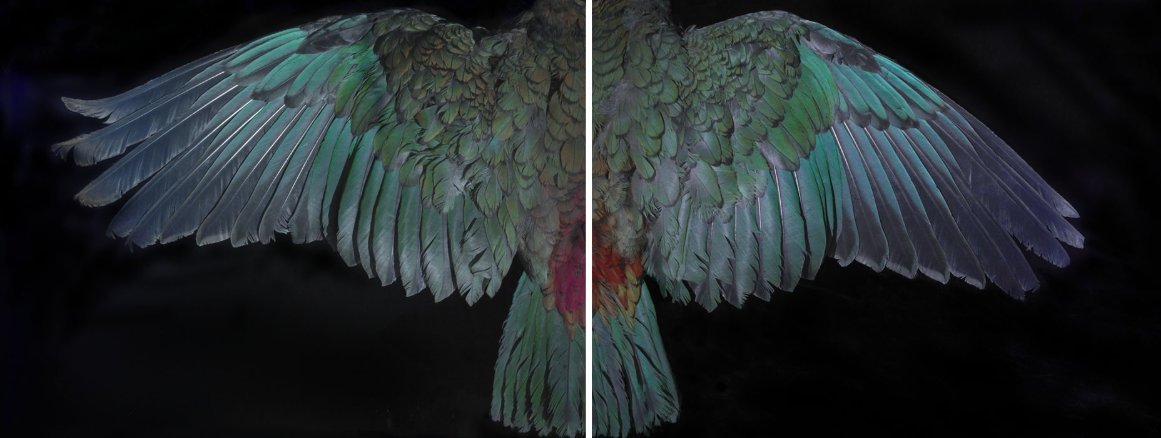
South Canterbury-based Fiona Pardington, a photographer of Māori (Ngāi Tahu, Kati Mamoe and Ngāti Kahungunu) and Scottish (Clan Cameron of Erracht) descent, was selected to represent New Zealand at the Venice Biennale, an unparalleled celebration of contemporary art, architecture, cinema, dance, music, and theatre.
The Arts Council of New Zealand Toi Aotearoa endorsed the selection in partnership with the Christchurch Art Gallery Te Puna o Waiwhetū, where Pardington has exhibited prolifically in the past four decades.
Based in the bush-clad Hunter Hills, north of Waimate, Pardington is known globally for her evocative images of taonga and objects from museum collections.
Being asked to exhibit in New Zealand’s national pavilion in Venice is an unexpected and humbling moment in her career, she says.
"It’s a great honour and I was really surprised. I mean, it was the furtherest thing from my mind."

After first gaining recognition in the 1980s, Pardington has continued to evolve in her work, often extending the still-life genre.
She is inspired to create artwork for the biennale that will represent the whole "community".
"I care very much about not only bringing myself forward but bringing everybody with me."
Starkwhite Gallery director Kelly Carmichael, who represents Pardington, said they were "thrilled" for her.
"This is such a big honour — the Venice Biennale is the Olympics of the art world. It’s great that a South Island artist is doing that."
The honour has made Pardington reflect on the development of her "complex and robust" practice throughout her career, where the nature of photography is "deeply significant".
She is known for her investigation of traditional and forgotten objects in her still-life photography and her focus on taonga, such as the hei tiki and the extinct huia.
"It’s turangawaewae. The thing for an artist is you have to find a place for yourself and your vision has to be something that isn’t somebody else’s and you can be informed and inspired by many people."
Pardington’s turangawaewae, her place to stand, has been forged through what she says is drawing on her skills, application, and museological background.
"You have to stay sensible and you have to be pragmatic and you have to be persistent."
Pardington, who gained a doctorate in fine arts from the University of Auckland, says her love of a "rigourous conceptual base" makes her a "bit of a nerd", combined with her love of painting, science, history and art history.
After first wanting to be a painter, she discovered her passion for photography at Elam School of Fine Arts through studying New Zealand artists, and found it a "phenomenal discipline".
"I could see the future of it ... I really love the relationship with the present and the past and how it interpolated the knowledge that we have in the present about history."
Her work will be viewed by thousands at the biennale.












